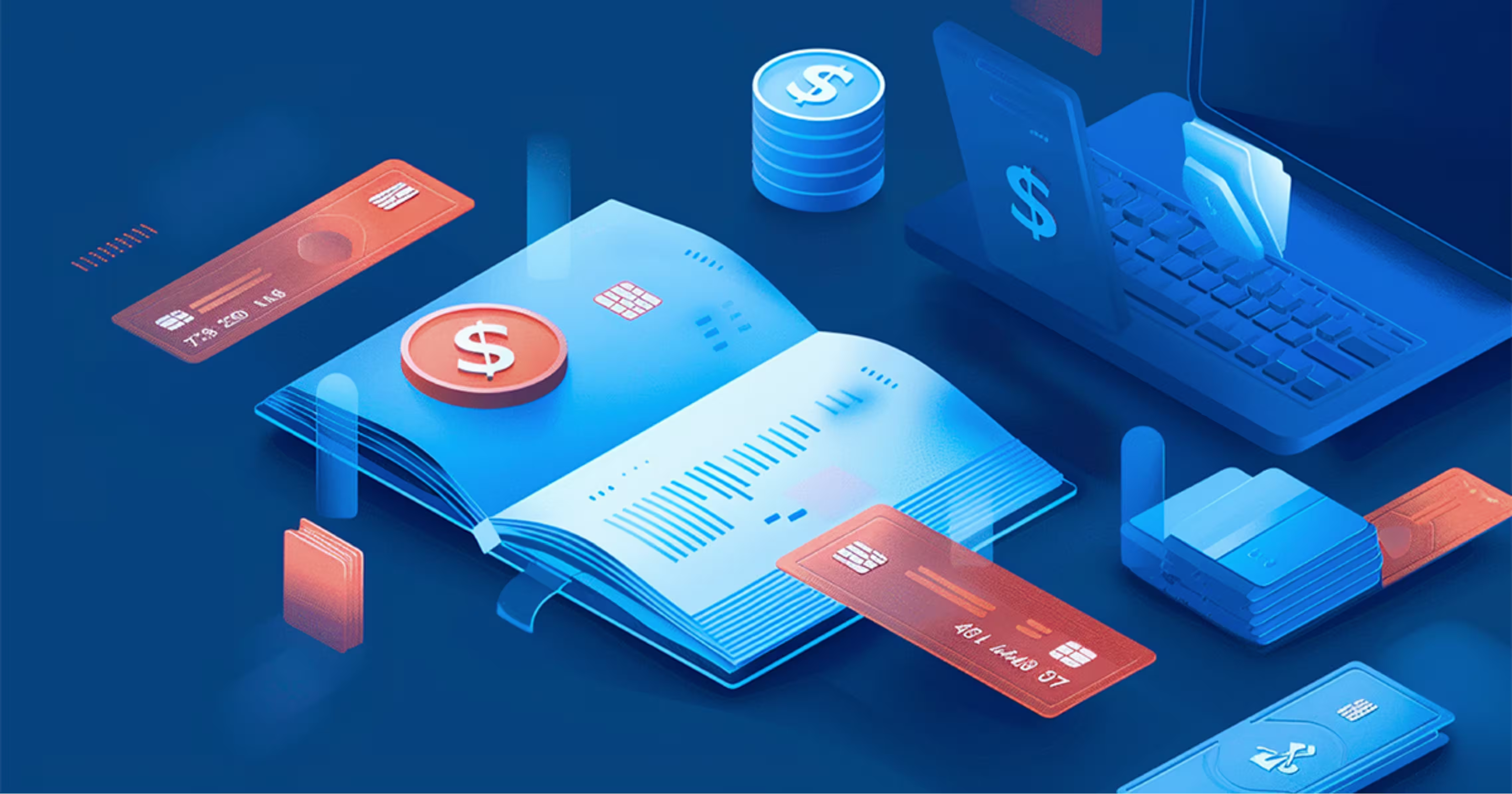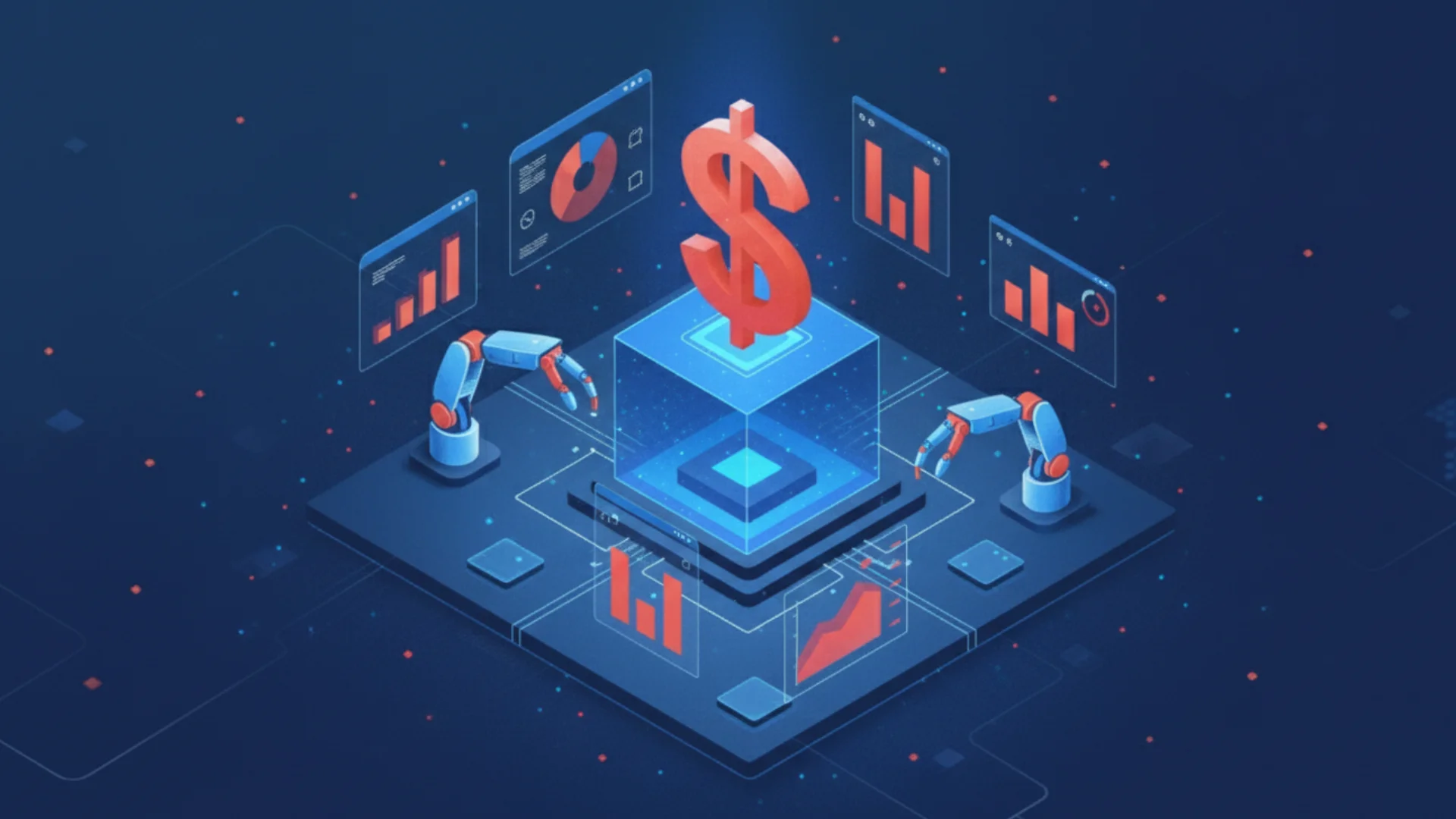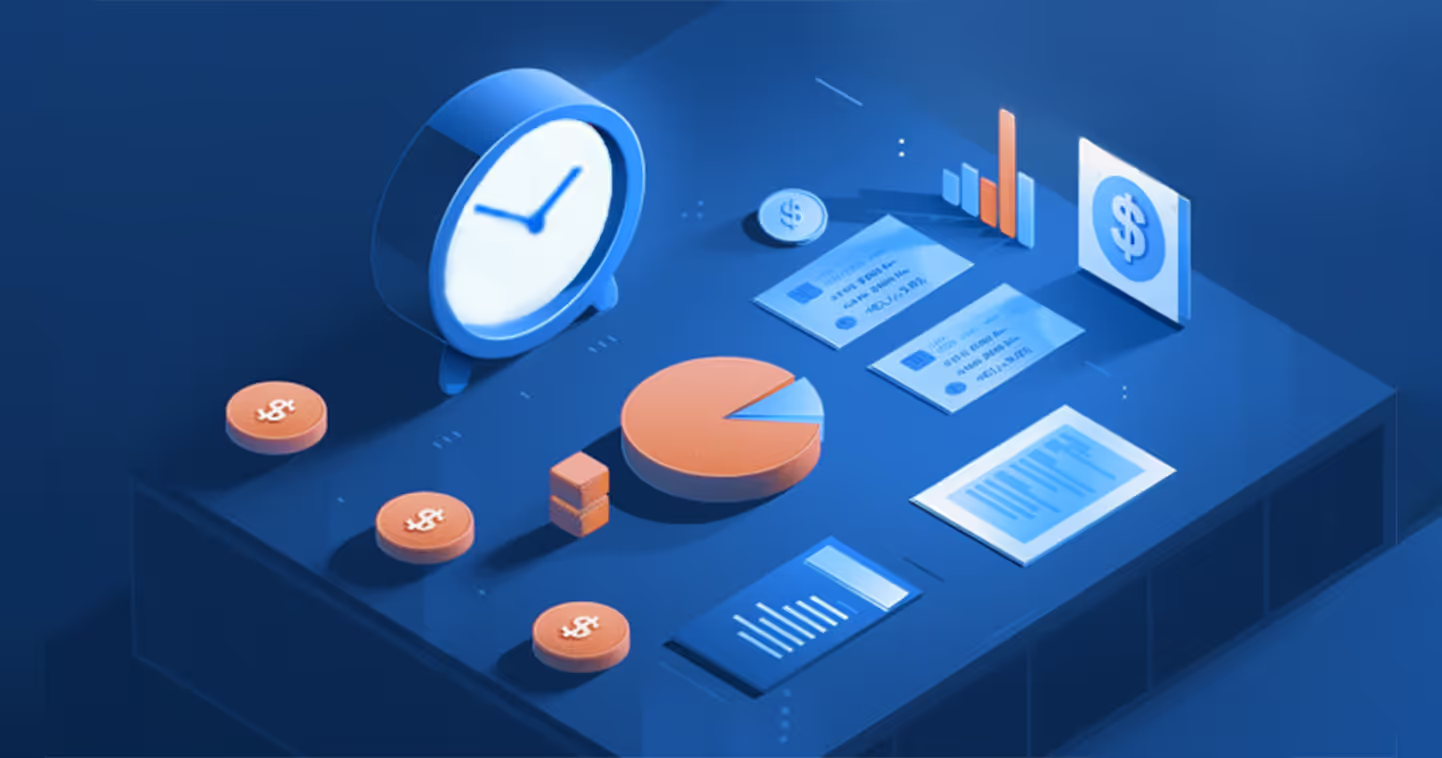A few intricacies while crafting pricing strategy for your SaaS business

Pricing at its very core, is a fascinating subject, if not complex.
A founder of a SaaS company with more than 800 customers spanning across different countries and regions, has an interesting take.
“Pricing is a very difficult topic for most founders, including us. But the one framework we always used, throughout our journey is to look at it with a slightly different lens. There are two kinds of products that sell — One is a product that generates revenue for you, and another is the one that saves your cost. Everything else is difficult to sell.”
He goes on to say that anything that is indexed on ‘customers making more money’ is a sure way to demonstrate value to the customers.
But this is only one such example. Each company has its own different ways to look at its pricing strategy, keeping the amount of value the customer is deriving out of the products or services.
What is a pricing strategy, really?
At the outset, the best possible way to comprehend a pricing strategy for SaaS companies today, is really to consider it — the main vehicle behind how your company is going to generate revenue.
If we are to dig deeper, a pricing strategy is a comprehensive plan to outline — how to price a product or service to achieve multiple business objectives, while maximizing profitability with a competitive position in the market.
It involves a deep understanding of the product's value proposition, the target market's needs and behaviours, the sales motion and the competitive landscape. More often, it poses an umbrella term for all of — pricing, packaging and monetization, with equal weight given to each of them at the same time.
Here are a few critical components to consider from a customer’s standpoint while coming up with a pricing strategy —
- What’s the value that they get out of using your products and services?
- What does their buying process typically look like?
- What are the budget considerations and constraints they are likely to have?
- What is their perception of your brand and your product or service, relative to the alternative solutions that are present out there?
These are some of the things that are critical to a customer’s consideration while evaluating you as the superior choice, and why they want to pay only for your product.
While this is one framework, it is always one most common critical component most SaaS companies look at, before even thinking of a pricing strategy — aligning the value proposition.
A pricing strategy with high efficacy, is often linked with the value proposition of the product or service. More often, the value-based pricing has more to do with the perceived value of the product from a customer’s standpoint, over cost of production or acquisition, or competitive advantages.
The pricing model, therefore, needs to articulate this value clearly in such a way that the customer’s perception of the value of this product or service is always matching up to his or her overall business objectives. The simpler the comprehension is, with regards to the customer's perceived value of your software, the easier the adoption and the willingness to pay.
By structuring your pricing models innovatively — be it usage-based pricing or tiered subscriptions, enterprise SaaS companies can gain a competitive edge not only by being merely cheaper but also by offering greater value and transparency, with an equal alignment with customer success.
If anything, it goes to establish a statement in the market both by perceived value of your solutions and your empathy and commitment to customer success.
For a little trivia, here is what a report by Harvard Business Review says — “a 1% improvement in price, assuming no loss of volume, increases operating profit by 11.1%. Improvements in price typically have three to four times the effect on profitability as proportionate increases in volume.”
But is it simple?
One of the biggest conundrums SaaS companies face today is when they stumble upon a realization that different customer cohorts derive value in various different ways from the same product.
Madeline Stein, Director of Pricing and Monetization strategy at Algolia, has an answer to this conundrum. She has worked extensively in pricing, monetization and product strategy throughout her career, and at the likes of companies including Western Union, SendGrid, Twilio and HubSpot.
We spoke with her exclusively to understand the intricacies of pricing for enterprise SaaS businesses today, and the nuances that most finance and business leaders are often tempted to overlook.
The way Madeleine thinks about pricing is — the models around how you charge, how much you charge, the factors involved in packaging these models, features and functionalities, the all-encompassing monetization strategy for the same, attractive offers, and the consolidated go-to-market plan that follows.
She quotes two ways to understand this conundrum better — strategic and tactical.
- Strategically, it all comes down to a customer’s perceived value of your product. Some factors to consider in this case are to evaluate — if there is a compelling roadmap for monthly recurring revenue, if there is an incremental value that the customers derives, in proportion to their usage of your product, and if there is a way to enable bundling of different products and services together, in order to offer attractive offers and discounts.
- From a tactical lens, it becomes imperative to track down a customer’s typical buying process. Actionably, it starts with explicitly asking them what they expect from a product such as yours, and by closely observing review sites like G2, what they look for in competitors and alternatives, how much they are willing to pay for your product and what their budget considerations are. And these are a few things that you can get a hold of, by talking to your customers directly.
A takeaway from what Madeline believes is really about running plenty of experiments in the first place, to identify what is working and what is not, when it comes to pricing strategy.
But what are the metrics you can use as specific goals, to measure your experiments in pricing strategy? When does it finally dawn upon you whether a pricing strategy experiment is working or not?
Madeline comes up with a few levers to address the same, and some questions to ask yourself.
- What are your specific goals for you as a business, overall, and how is your pricing strategy creating different points of friction while achieving those goals? If it is adding friction and you are not able to hit them, it is likely that your pricing experiment or strategy is not working out.
- For example, if you are going after SMB customers and you want them to self-serve. When you identify that you are not being able to hit any customer acquisition goals, more often it is linked with pricing being a barrier — because the customer is likely to churn because of this experimented pricing model, or if they have not activated owing to high costs.
- If your goals are very revenue-focused and if you are never hearing any feedback around pricing and willingness to pay, it is likely an indicator that your pricing is cheap enough in the market.
- If your goals are to increase your average selling price and move upmarket, but you are unable to see opportunities for expansion, you might want to increase your prices.
- If you have a monthly recurring subscription model with a flat-free structure, and there are drastically varied usage patterns in your data, it is an indicator that there is a hidden metric behind how your customers are looking to use your product. This is where usage-based pricing (UBP) is the most appropriate alternative, to offer a more value-driven offering that also scales with usage.
Along with determining customer value and identifying segments of customers based on the value they derive — while implementing pricing techniques, you also need to measure the value you provide against the next best alternatives on the market, assess the worth you provide, and identify pricing metrics that correlate with it.
Here are a few recommended steps to take while incorporating a pricing strategy into your SaaS business —
- Pick a specific segment
- Compare with the next-best alternative
- Understand the differentiated worth of the features you offer
- Communicate pricing changes
- Be open to altering your pricing structure
- Create a customer feedback loop
- Adhere to regulatory compliance and transparency
We went deeper into this subject in another blog of ours.
Read more here — Considerations While Pricing Your SaaS Product
Step into the future of pricing, billing and revenue recognition with Zenskar
At Zenskar, we believe in empowering your teams with the most flexible pricing and billing system to enable them to experiment and scale seamlessly.
To explore how our AI-powered order-to-cash software can help streamline your pricing, billing and revenue recognition processes, book a demo with us today.
Switch to zero-touch FinOps with Zenskar
Vertice closed books 70% faster with Zenskar
We launched our product 4 months faster by switching to Zenskar instead of building an in-house billing and RevRec system.



















%20be%20truly%20invisible_.webp)







